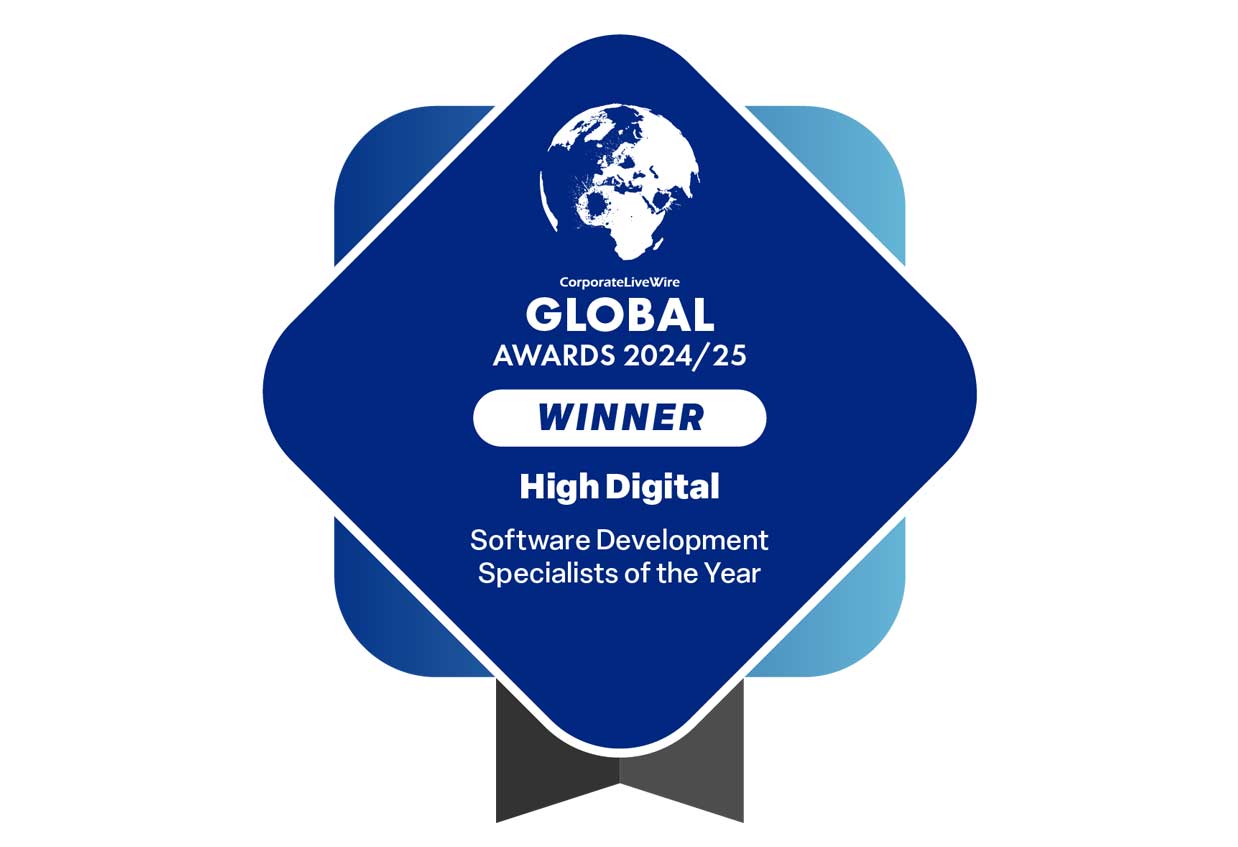A Critical View of ESG Through the Lens of "Industry" and Real-World Scepticism
In recent years, Environmental, Social, and Governance (ESG) criteria have become essential factors for companies and investors alike, shaping everything from corporate practices to financial portfolios. However, the latest season of Industry offers a dramatic portrayal of growing scepticism around ESG credentials—particularly with fictional company Lumi at the centre of controversy. Does this scepticism mirror real-world concerns about ESG data reliability and reporting, especially for investors seeking transparent and impactful financial strategies?
We will examine these trends and how they affect businesses and investors navigating the increasingly complex world of ESG reporting. Sadly, on this occasion, we will also exclude industry style profanities.
ESG: What is it and Why Does It Matter?
ESG refers to the evaluation of a company’s impact on the environment (E), its social responsibility (S), and its governance practices (G). It encompasses everything from carbon footprints and labour practices to executive compensation and diversity in leadership. Investors use ESG metrics to identify companies that are not only profitable but also sustainable and ethically sound.
As ESG investing gains traction, it has become a vital aspect of financial decision-making, with trillions of dollars now managed through ESG-focused funds. However, as shown in Industry’s portrayal of Lumi, questions are beginning to arise about the authenticity and transparency of these credentials.
Lumi’s ESG Controversy: A Reflection of Real-World Concerns
In Industry, Lumi—a fictional tech giant hailed for its ESG credentials—finds itself embroiled in a scandal that raises fundamental questions about the integrity of its ESG data. This subplot captures a real issue plaguing the financial and corporate world: the inconsistency and lack of standardization in ESG reporting. For investors, the stakes are high. A company’s ESG rating can impact stock prices, public image, and access to investment, making it essential that these reports are accurate.
In the show, the scepticism surrounding Lumi’s ESG record stems from a lack of transparency. This mirrors real-life challenges where companies may engage in “greenwashing”—a practice where they exaggerate or misrepresent their sustainability initiatives to appeal to ESG-conscious investors. While ESG ratings are meant to provide clear insights into corporate responsibility, inconsistent data sources and vague reporting frameworks often undermine their reliability.
Real-World ESG Reporting Challenges
In reality, ESG reporting has made great strides, but several challenges remain:
1. Lack of Standardisation
One of the most significant issues is the absence of a universal ESG reporting standard. While organizations like the Global Reporting Initiative (GRI) and the Sustainability Accounting Standards Board (SASB) have created frameworks, many companies cherry-pick metrics, making it difficult to compare them against one another. This ambiguity is one reason why firms like Lumi in Industry can obscure the truth about their sustainability credentials.
2. Data Quality and Transparency
Just like the fictional Lumi, many real-world corporations face criticism for failing to provide high-quality, verifiable data. Investors increasingly demand transparency, but incomplete or non-standardized data makes it difficult to assess ESG risks accurately. This creates room for misrepresentation, either intentional or due to poor governance, fuelling investor scepticism.
3. ESG Ratings Discrepancies
There are multiple ESG rating agencies, each using different methodologies to evaluate companies. These can produce conflicting ratings for the same company, further complicating investment decisions. Lumi’s crisis in Industry underscores this very issue: while one agency may give a company a high ESG score, others may point out significant risks or omissions.
4. Greenwashing
The term greenwashing has been increasingly used to describe companies that overstate their environmental or social responsibility to enhance their public image and attract ESG-conscious investors. This misrepresentation can lead to inflated stock prices and reputational benefits that are unwarranted, which, in turn, erodes trust in ESG ratings and reporting.
ESG Reporting for Financial Investors: What Can Be Done?
For investors looking to balance profit with purpose, ESG reporting is a powerful tool—but only if it is reliable. Companies need to focus on transparent, verifiable, and standardized data to regain investor trust. Here’s what businesses and investors should consider:
1. Adopt Established Frameworks
Rather than cherry-picking metrics that suit their narrative, companies should adhere to comprehensive, established frameworks like those of GRI, SASB, or the Task Force on Climate-related Financial Disclosures (TCFD). These frameworks offer clear guidance on what data should be disclosed and how to measure it consistently.
2. Independent Audits
One of the best ways to ensure ESG data is reliable is through independent third-party audits. Having a credible outside entity verify ESG claims, rather than relying solely on internal reporting, can reduce scepticism and boost investor confidence.
3. Address the ‘S’ and ‘G’ in ESG
While environmental sustainability often takes centre stage, social and governance factors are just as critical. Investors are beginning to demand greater scrutiny on how companies treat their employees, manage risks, and govern their organizations. Prioritizing all three pillars of ESG can help companies demonstrate a genuine commitment to responsible business practices.
4. Technology and Data Analytics
Advances in data analytics and AI are making it easier to track and verify ESG data in real-time. Investors and companies alike should leverage technology to improve the accuracy of ESG reporting, ensuring that the metrics presented are both current and credible.
Conclusion: Balancing Scepticism with Progress
As Industry demonstrates, the world of finance is not immune to the allure of misleading ESG credentials. The real-life counterparts to Lumi are not far removed from this fictional scandal, highlighting the need for robust, transparent, and standardized ESG data. For financial investors, the key lies in approaching ESG with a critical eye—demanding more transparency, independent verification, and consistent data to ensure that investments are genuinely aligned with sustainable and responsible practices.
At High Digital, we understand the complexity of navigating ESG reporting. Whether you’re a business looking to improve your ESG credentials or an investor trying to make informed decisions, we can help you stay ahead in a rapidly evolving landscape.



